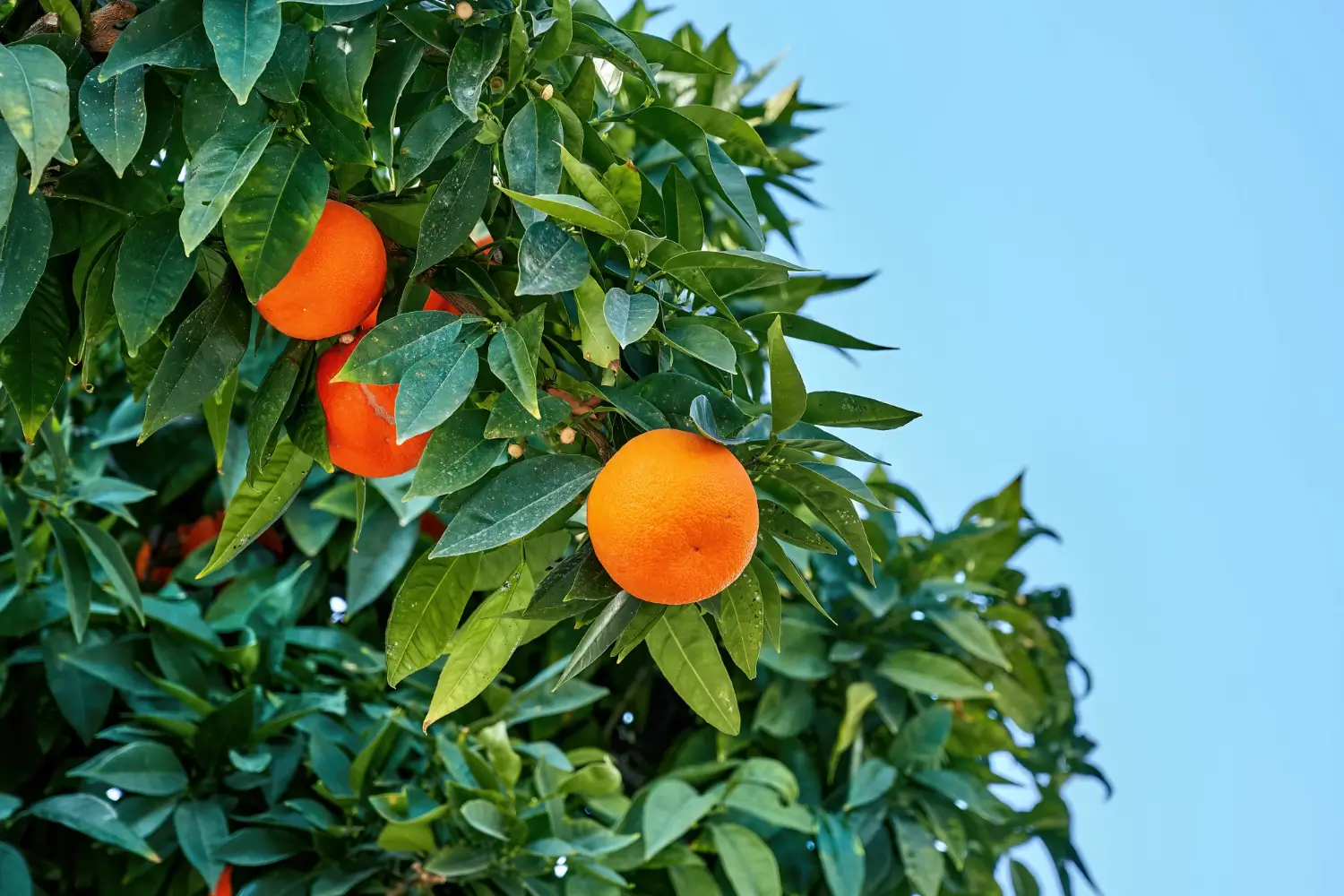
Soil Health & Fertilization
We unite suppliers and green industry professionals worldwide
Yellow Iris, also known as yellow flag iris, is a striking, sword-leaved perennial that thrives in both ordinary and wet conditions.
By Victor Miller
|Published on June 18, 2025
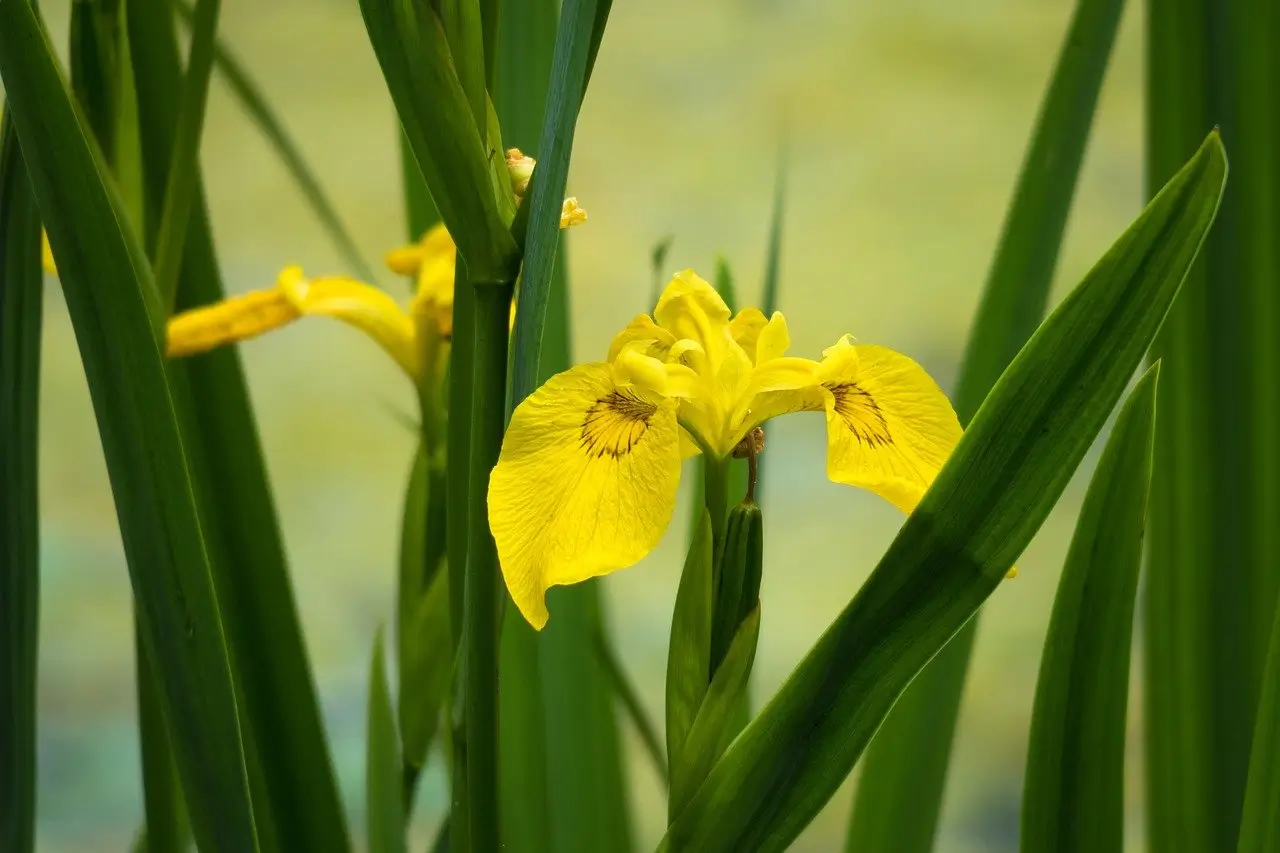

“Looking for color that dazzles by the water’s edge or in a low-maintenance bed? Yellow Iris delivers - bold, bright, and nearly bulletproof.”
Yellow Iris (Iris pseudacorus), also known as yellow flag iris, is a striking, sword-leaved perennial that thrives in both ordinary and wet conditions. Native to North Africa, and western Asia, this plant is prized for its elegant yellow flowers and ability to naturalize in ponds, ditches, and rain gardens.
Although it’s usually spotted growing in wild or semi-wild landscapes, it shines also in garden beds and borders. The vertical form and showy flowers make this plant a dramatic presence in spring gardens. Just provide it the right conditions, and watch it thrive - often with very little care.
| Botanical Name | Iris pseudacorus |
| Common Name | Yellow Iris, Yellow Flag Iris |
| Type | Herbaceous perennial |
| Height | 2–4 feet |
| Light Requirements | Full sun to partial shade |
| Soil | Moist to wet; tolerates shallow standing water |
| Watering needs | High; does well in wet or boggy soil |
| Hardiness Zones | 4–9 |
| Time to Bloom | Late spring - early summer |

September 25, 2025
9 minute read
September 24, 2025
9 minute read
September 23, 2025
10 minute read
September 22, 2025
9 minute read


Join as a seller and connect with thousands of B2B buyers nationwide!
Sign Up

Sargent Crabapple
The Sargent Crabapple (Malus sargentii) may be a small tree, but it definitely knows how to make an entrance. Covered in a profusion of white blossoms every spring, this small ornamental tree gets high praise from bees, birds and gardeners alike.
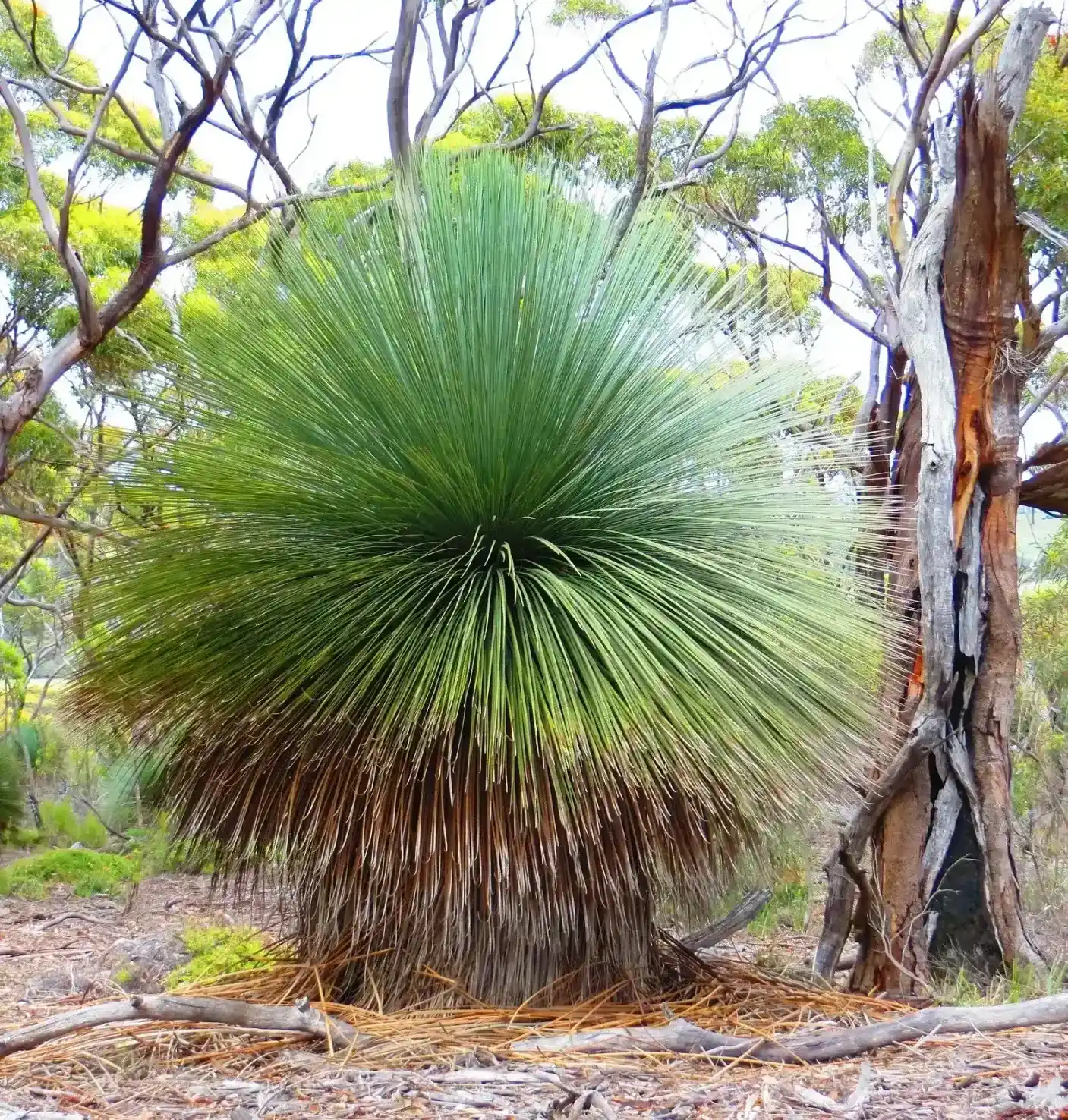
Blackboy
Xanthorrhoea is one of Australia's most recognisable native plants, famous for its striking looks, its slow growth, and its resilience. With its blackened trunk, fountain of grassy foliage, and towering flower spike, it adds an exotic, sculptural element
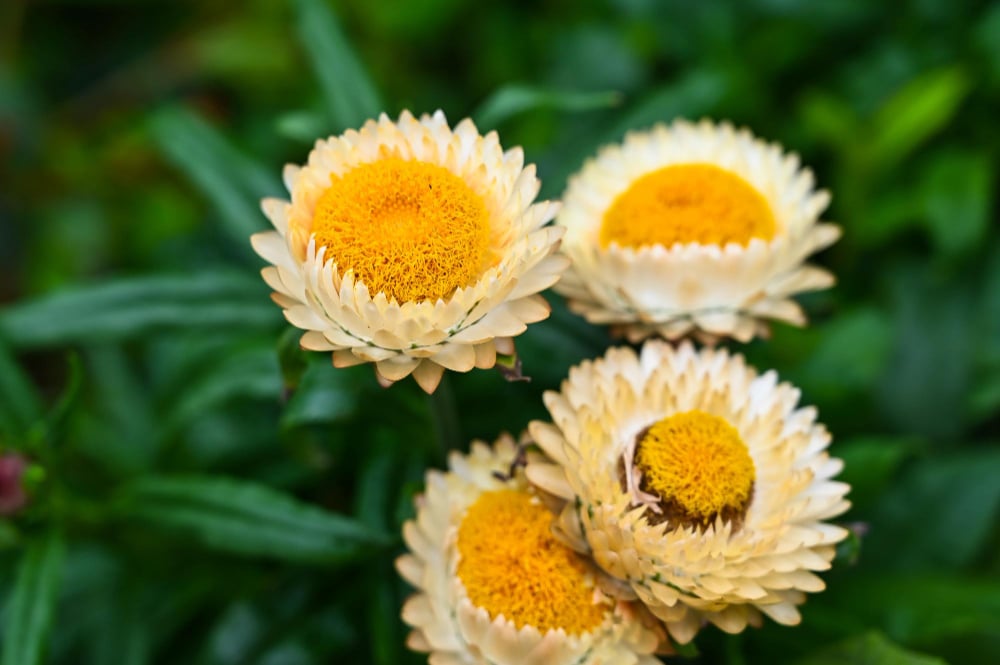
Strawflower
Xerochrysum, commonly known as the Strawflower, is one of the most spectacular and long lasting native wildflowers of Australia. Its papery petals, vibrant color and extended flowering season have made it a favorite of gardeners and florists for centuries
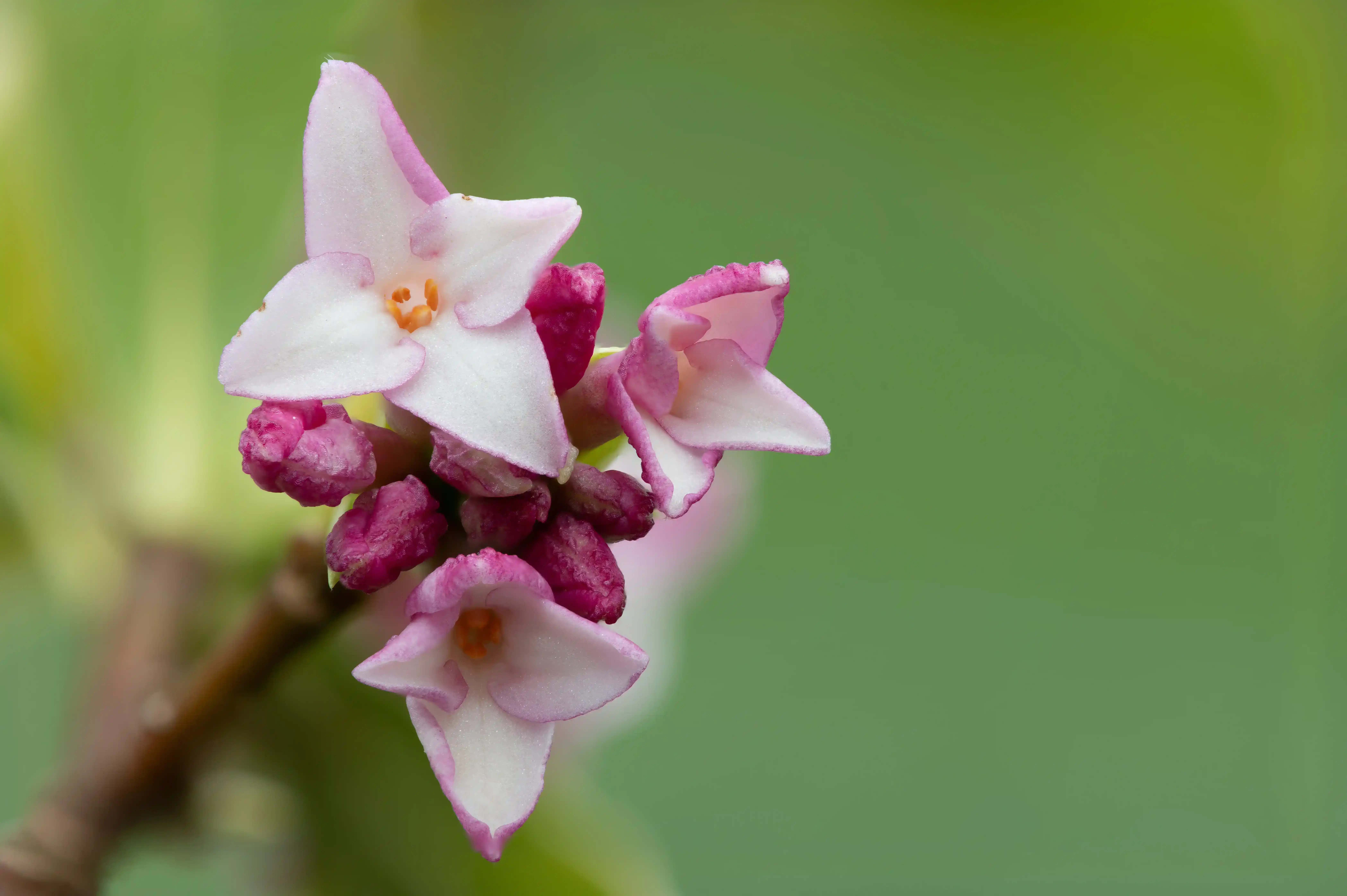
Daphne
With glossy green leaves and clusters of small, richly perfumed flowers, daphne gives charm and sophistication to the winter garden when little else is blooming. This shrub can be fussy but can offer years of exquisite beauty and scent to those who pamper
Yellow Iris is hardy, vigorous, and stunning. It is especially valuable in wet areas where many other perennials struggle. Whether planted at the edges of a pond or in a rain garden, it provides structural foliage and long-lasting color
Plant rhizomes in early spring or fall. Keep the crown just at or slightly below the soil or water surface, depending on where you plant it. Once established, it is almost care free, requiring little care beyond occasional division to prevent overcrowding.
Note: In some areas, it is classed as invasive in wild wetlands - always check local guidelines before planting near natural waterways.
Yellow Iris does best in full sun, where it will flower and grow strongest. It can handle partial shade but might flower less. For best performance, target a minimum of 6 hours of sun per day.
Yellow Iris likes moist to wet soil but is quite tolerant. It will do well in damp beds, shallow water (up to 4 inches deep) or consistently moist garden soil.While it prefers rich, organic matter, it can also tolerate clay or silty soils.
This plant loves moisture. Once established, it can tolerate brief dry spells but will not perform well in dry, sandy soil without supplemental watering.
Pond plantings: No supplemental watering needed if roots are submerged
Yellow Iris requires very little pruning to look its best.
Tip: Always use gloves when cutting or dividing - the sap can be irritating to the skin.
The simplest and most successful way to propagate Yellow Iris is by dividing its rhizomes.
To divide:
From seed:
Yes, you can grow Yellow Iris in containers - especially if you want to enjoy them on a patio or deck near water features.
Winter: Protect with insulation or remove container to an unheated garage in colder zones
Yellow Iris is cold hardy in USDA hardiness zones 4-9 and needs very little winter maintenance once it is established. For plants that are in the ground, a light layer of mulch after the foliage has died back in fall will help to insulate the rhizomes and keep the soil temperature more even.
For people growing Yellow Iris plants in containers in colder climates, they can simply move the pots to a protected area, like an unheated garage or shed, to avoid freeze-thaw damage.
Plants that are grown directly in ponds or bog gardens usually can be overwintered in their existing place, as their roots are well-insulated by water and soil. Additional measures are not required for these aquatic environments.
Yellow Iris provides a striking display from late spring to early summer:
Note: Removing spent flowers can help prevent aggressive self-seeding.
Yellow Iris is relatively trouble free, though a few problems may occur:
Whether you're building a lush rain garden, brightening the edge of a pond, or simply looking for a water-loving perennial with structure and beauty, Yellow Iris fits the bill. With a bold color, a graceful form and adaptability, it transforms forgotten spaces into something more alive and vital.
Just provide it with some sun, and a bit of space to grow - and Yellow Iris will reward you with gold-blooms that compel you to stop and admire.
In some areas, perhaps - particularly in natural wetlands. It spreads by both rhizomes and seeds. Always check with local extension services before planting near waterways.
It adores water, but it grows well in regular garden beds as long as the soil is kept consistently moist.
Yes. The entire plant is poisonous if eaten, and sap can irritate skin. Keep it out of reach of pets and children.
Typically no - Yellow Iris is a once-a-year bloomer in late spring to early summer.
Not easily. It also requires a dormancy period and full sun - better suited for outdoor spaces.

Soil Health & Fertilization
Victor Miller
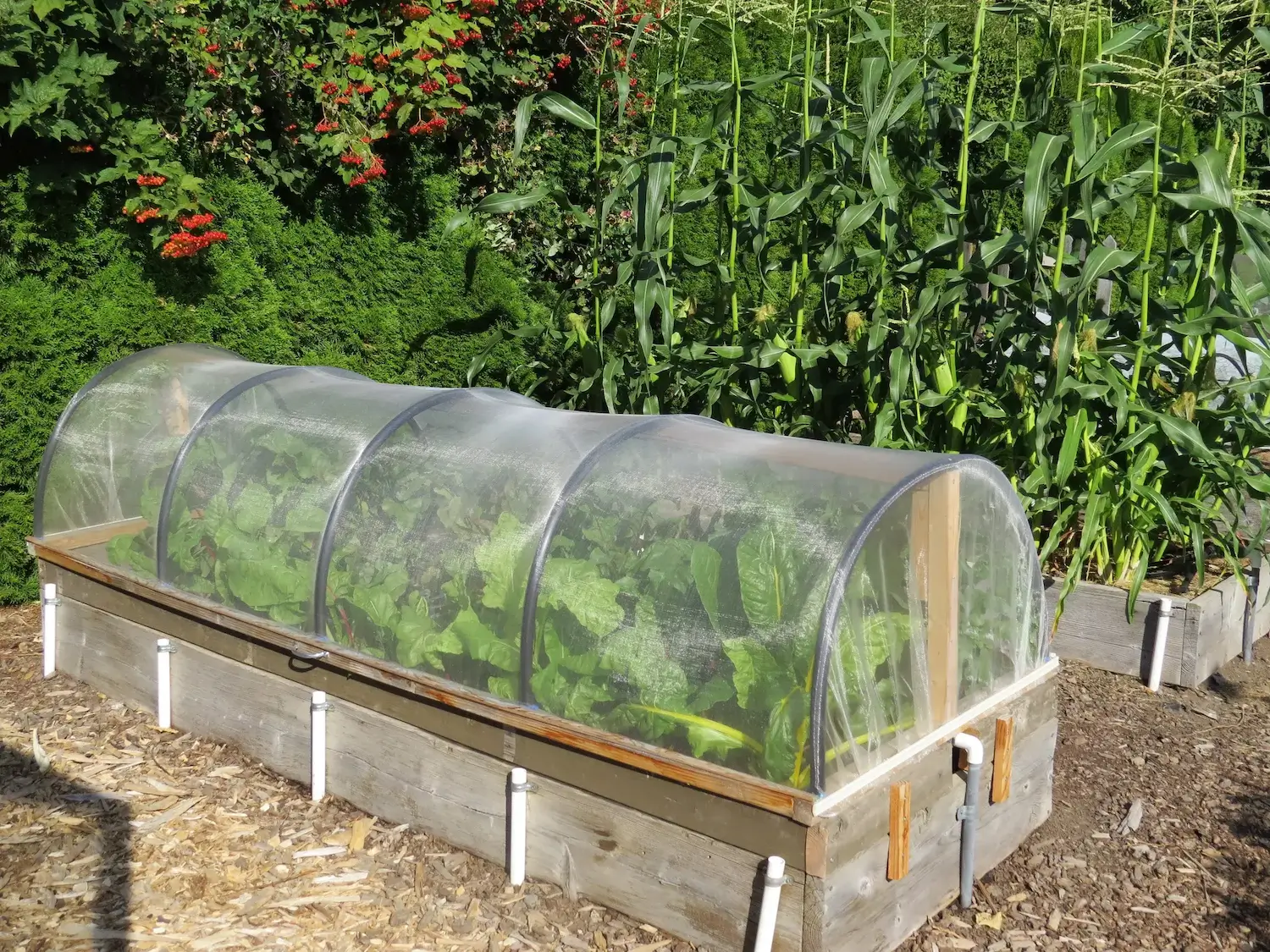
Pest Identification & Prevention
Victor Miller
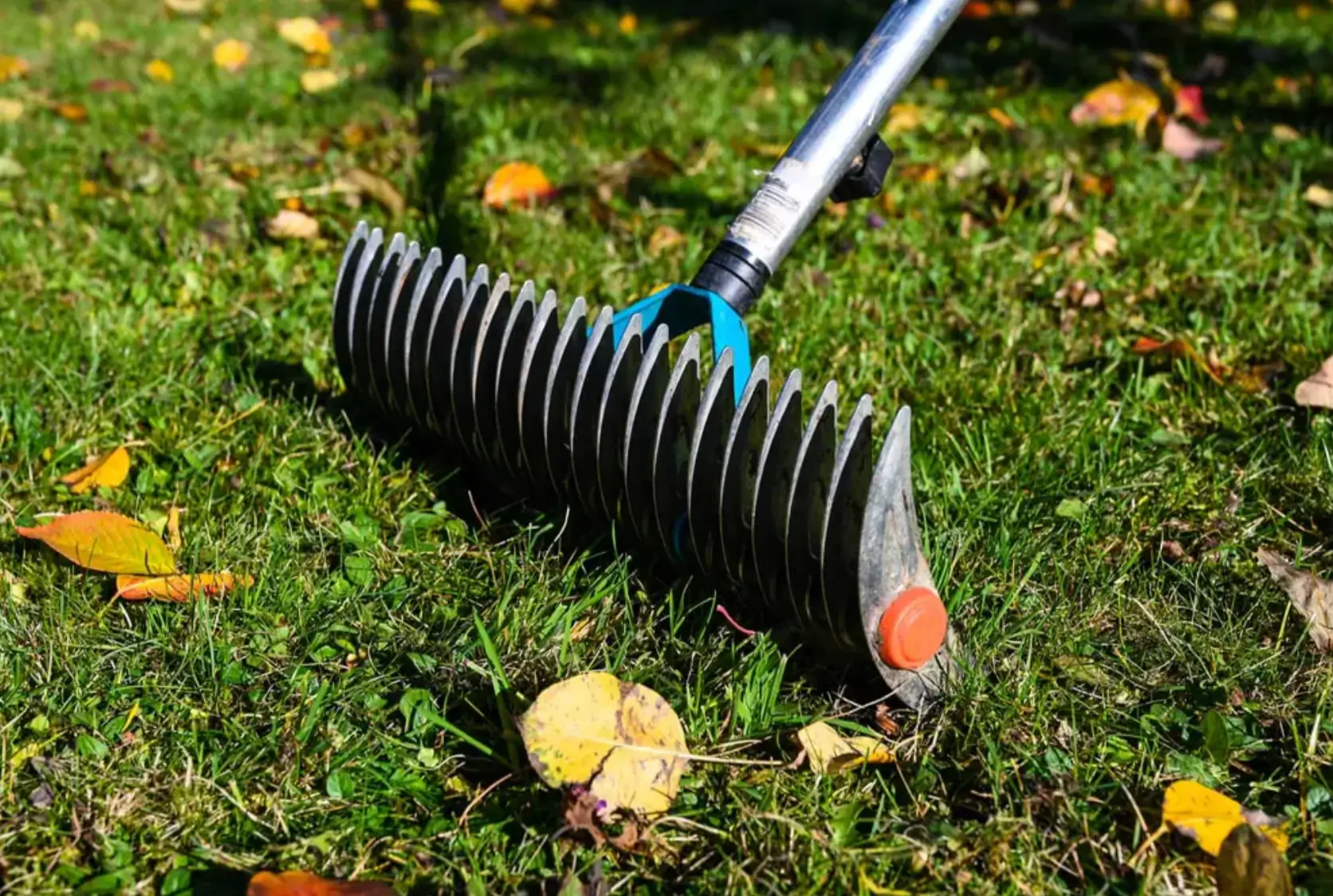
Lawn Care Tips & Maintenance
Victor Miller
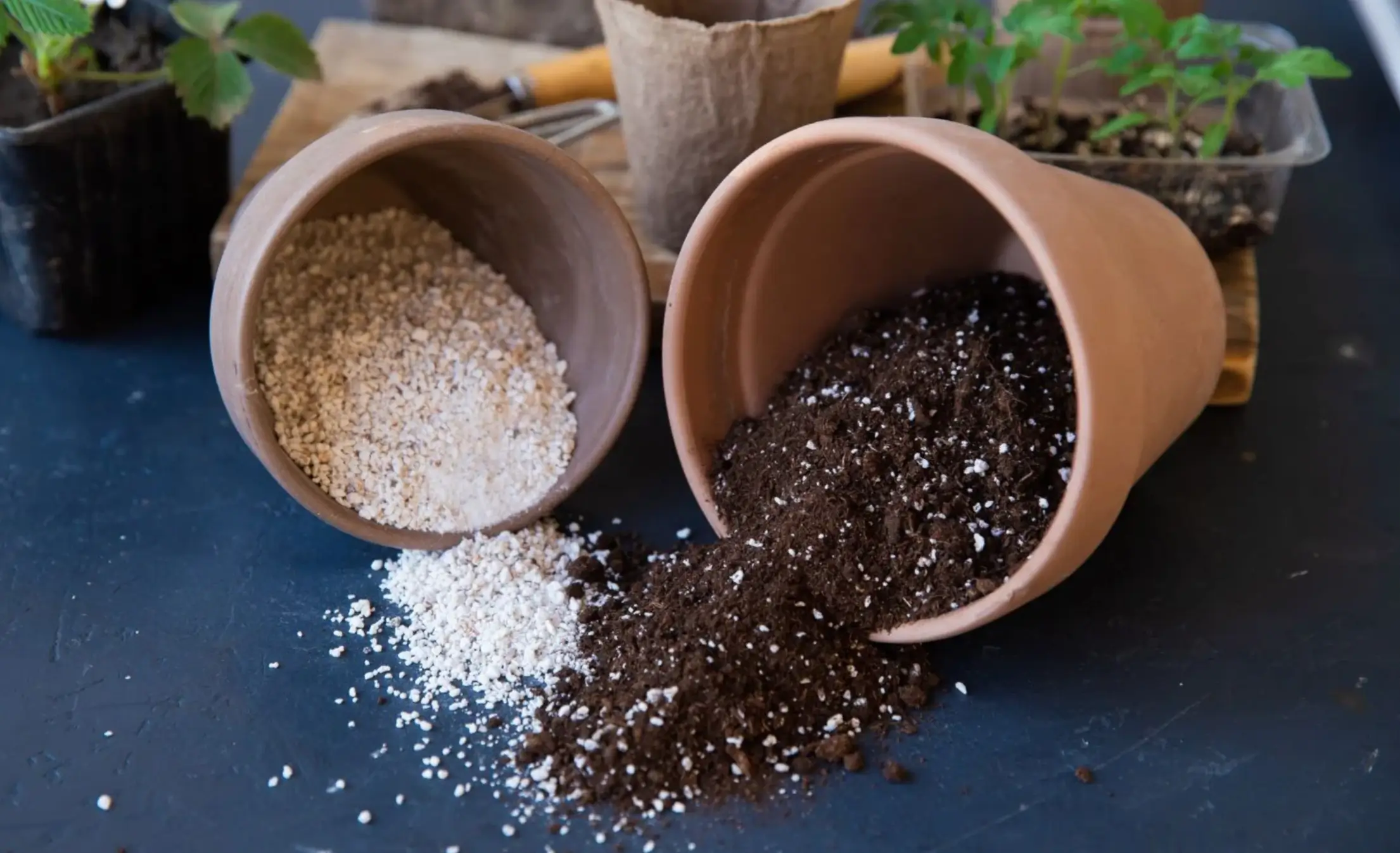
Soil Health & Fertilization
Victor Miller

Smart Irrigation Systems
Victor Miller

Patios, Walkways & Driveways
Victor Miller
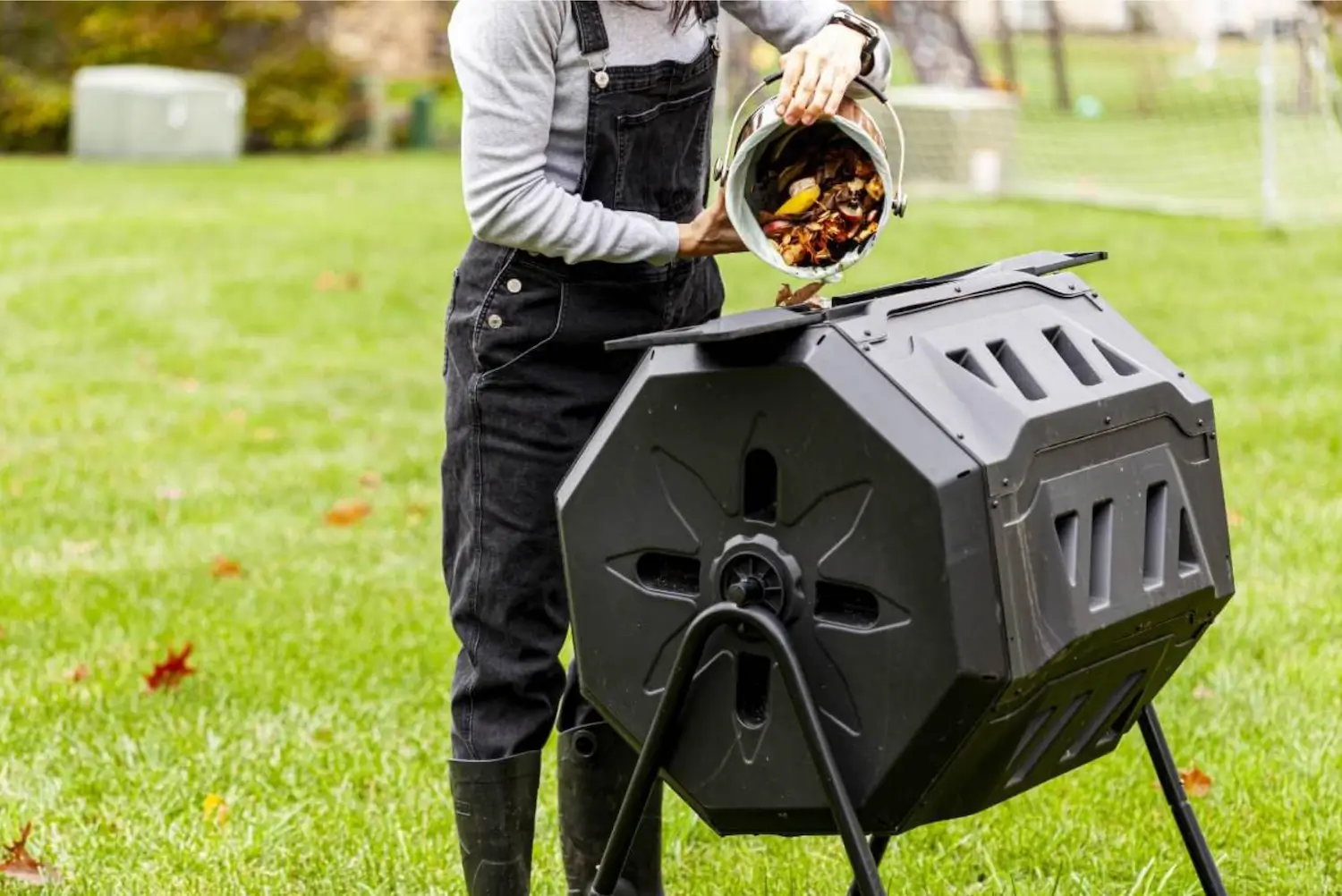
Soil Health & Fertilization
Victor Miller
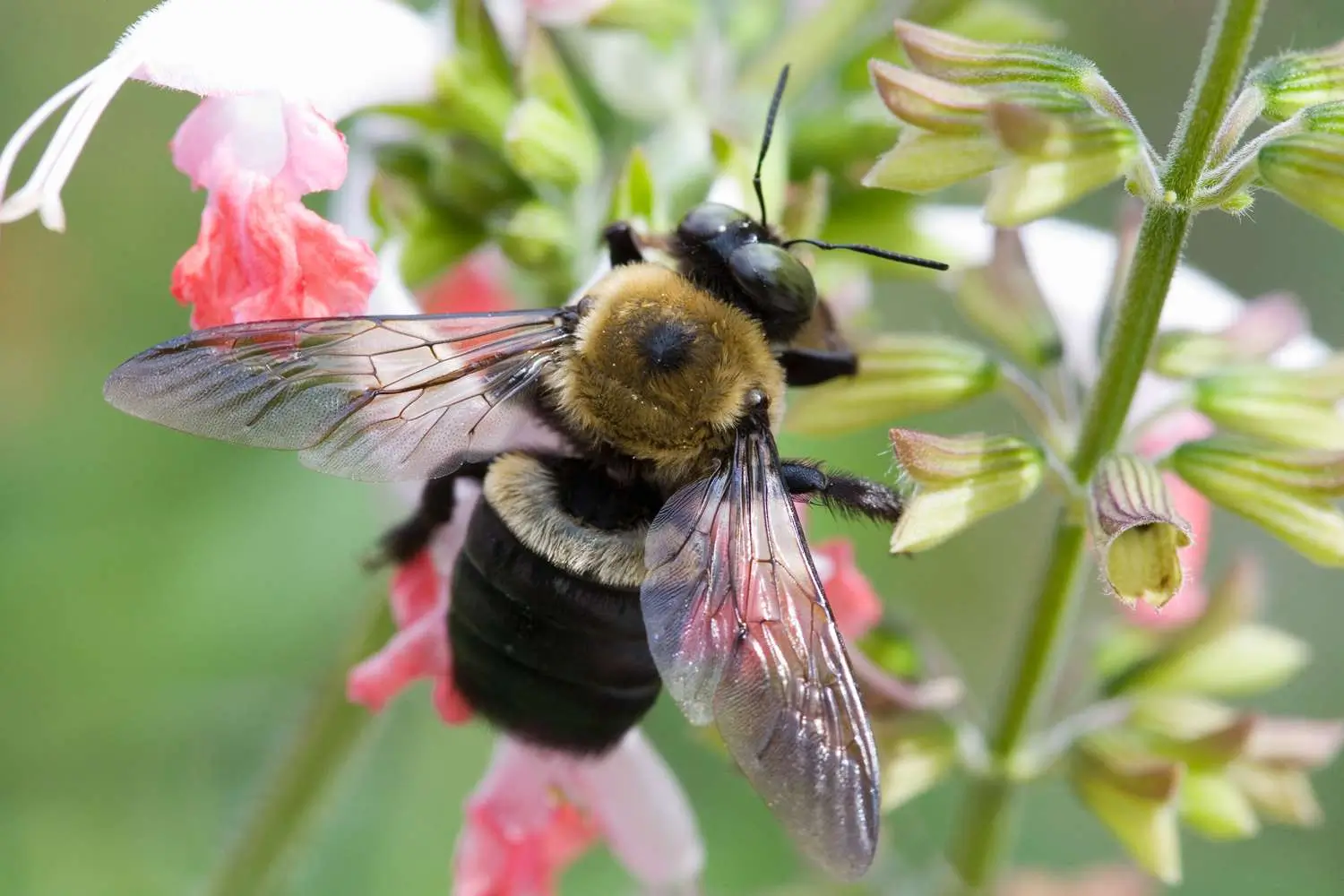
Pest Identification & Prevention
Victor Miller
My Account
Our team is always here to help.
We are open Monday - Friday, 9:00 AM to 4:30 PM PST.